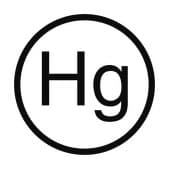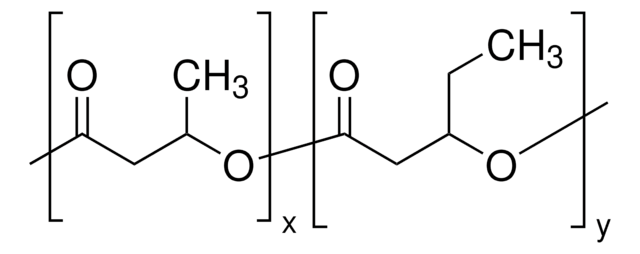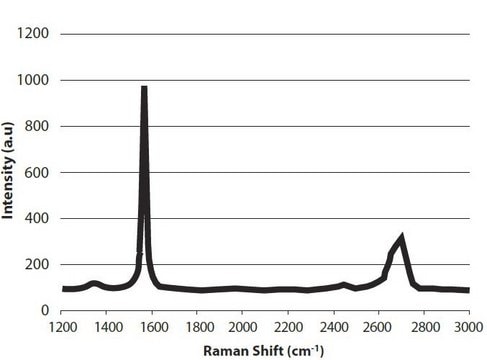Transportation information can be found in Section 14 of the product's (M)SDS.To access the shipping information for this material, use the link on the product detail page for the product.
294594
Mercury
electronic grade, 99.9999% trace metals basis
About This Item
Productos recomendados
grado
electronic grade
densidad de vapor
7 (vs air)
presión de vapor
<0.01 mmHg ( 20 °C)
1 mmHg ( 126 °C)
Ensayo
99.9999% trace metals basis
Formulario
liquid
resistividad
95.8 μΩ-cm, 20°C
bp
356.6 °C (lit.)
mp
−38.87 °C (lit.)
cadena SMILES
[Hg]
InChI
1S/Hg
Clave InChI
QSHDDOUJBYECFT-UHFFFAOYSA-N
¿Está buscando productos similares? Visita Guía de comparación de productos
Cláusula de descargo de responsabilidad

Palabra de señalización
Danger
Frases de peligro
Consejos de prudencia
Clasificaciones de peligro
Acute Tox. 2 Inhalation - Aquatic Acute 1 - Aquatic Chronic 1 - Repr. 1B - STOT RE 1
Código de clase de almacenamiento
6.1A - Combustible acute toxic Cat. 1 and 2 / very toxic hazardous materials
Clase de riesgo para el agua (WGK)
WGK 3
Punto de inflamabilidad (°F)
Not applicable
Punto de inflamabilidad (°C)
Not applicable
Equipo de protección personal
Eyeshields, Faceshields, Gloves, type ABEK (EN14387) respirator filter
Elija entre una de las versiones más recientes:
¿Ya tiene este producto?
Encuentre la documentación para los productos que ha comprado recientemente en la Biblioteca de documentos.
-
What is the Department of Transportation shipping information for this product?
1 answer-
Helpful?
-
-
I see that Mercury is sold by weight, but it's a liquid. What is the volume?
1 answer-
The specific gravity of liquid mercury at 20°C is 13.546, according to the CRC Handbook of Chemistry and Physics, 82nd ed. (2001-2002), page 4-19. We list several mercury products, in various package sizes, sold by weight. Here are the conversions from mass to volume: 5G = 0.37 mL. 50G = 3.7 mL. 100G = 7.4 mL. 250G = 18.5 mL. 500G = 36.9 mL. 2KG = 147.6 mL.
Helpful?
-
Active Filters
Nuestro equipo de científicos tiene experiencia en todas las áreas de investigación: Ciencias de la vida, Ciencia de los materiales, Síntesis química, Cromatografía, Analítica y muchas otras.
Póngase en contacto con el Servicio técnico











